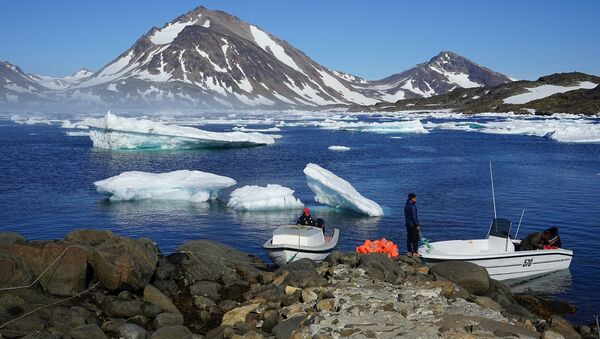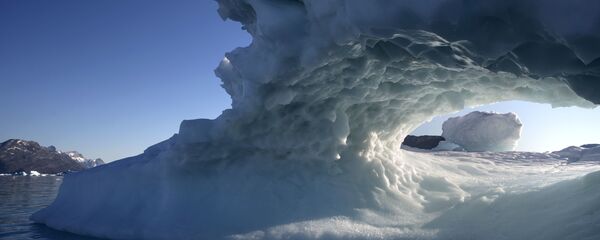The rapid melting of Arctic ice is sending sea levels creeping up, putting large coastal territories at risk of inundation, Science Alert reported.
The dark zone is a 248-miles-long and 62-miles-wide stripe of fast-melting ice in the southwest of the ice sheet.
New drone research conducted by the Norwegian Center for Arctic Gas Hydrate, Environment and Climate (CAGE) revealed that the Dark Zone is covered in a finely distributed layer of dust, and black carbon (soot from wildfires and combustion) which dark colored algae feed on.
Darker surfaces absorb more radiation while lighter hues reflect more.
When the ice is darker, it absorbs more heat from the Sun and melts faster, encouraging the growth of algae, especially in spring and summer.
Scientists have found that soot from forest fires and combustion accounts for a hefty 73 percent of the current melting of Arctic ice.
READ MORE: Melting Greenland Ice to Stop Gulf Stream, Plunge Europe Into Cold



